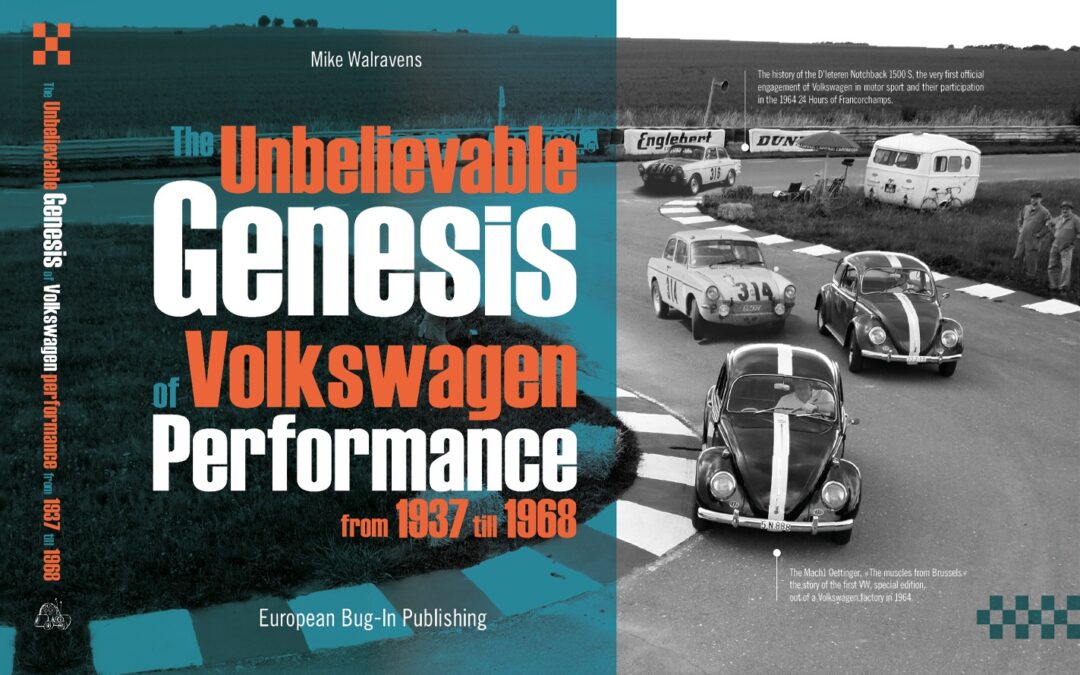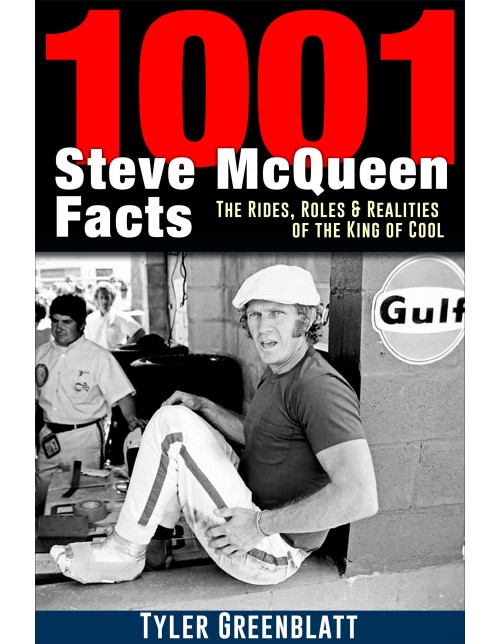
Discover new and unheard-of facts about Hollywood’s coolest car guy: Steve McQueen!
Steve McQueen touched the world through his larger-than-life onscreen persona portraying characters that were flawed and realistic. He played his roles to perfection due to his own imperfections and the bitter realism of his early life. As he once said, he had seemingly lived an entire lifetime before his 18th birthday, all of which shines through in his signature blue-eyed icy stares.
His legacy on film was cemented with Bullitt and Le Mans–the first made him an international superstar, while the latter nearly bankrupted and killed him. Today, they’re among his most popular films. He held nothing back on screen or in life, and today he is remembered and revered not only for his acting but for his racing prowess and the world-class automobile and motorcycle collection he amassed in a relatively short amount of time.
Vehicles once owned, driven, or raced by “The King of Cool” habitually sell for double or triple what their provenance-lacking counterparts do. Ask any 25-year-old car or motorcycle nut born more than a decade after his death who Steve McQueen is, and they’ll immediately recognize the collector and racer but make no mention of the actor. Author Tyler Greenblatt has waded through the plethora of information available to compile 1,001 of the most interesting Steve McQueen facts in this cumulative volume that is sure to keep fans of the actor, racer, and collector enthralled for hours.

Turbochargers are incredibly appealing to performance enthusiasts because of their ability to add free horsepower – and lots of it – to almost any engine or vehicle. Today, it seems easier than ever for the average gearhead to harness the incredible power-building capability of turbochargers. Those who want to increase the performance of their existing turbo system, or those who want to add a turbo to an existing engine, have never had so many components, vendors, and information resources to choose from.
Unfortunately, this wealth of options and opinions can be hard to understand and navigate. That’s where Turbo: Real World High-Performance Turbocharger Systems comes in. This book is the most complete, detailed, up-to-date resource on anything and everything to do with turbochargers. Whether you’re running gas or diesel, 4, 6, 8, or more cylinders, this book will teach you to design, test, install, and maintain your high-performance turbo system. You’ll learn how turbochargers work, how to choose the right turbo or turbos for your engine by reading flow maps, and how to tune your engine to run perfectly with your turbo system.
Author Jay Miller uses more than 300 photos and the perfect blend of technical and common-sense information to help you build boost fast and make more horsepower and torque. He discusses the various components of a turbocharger and explains how to decode complicated turbocharger model numbers, compressor maps, and other specs. If you run into problems with your turbo system, there’s also a detailed chapter on failure analysis to help you figure out what went wrong and how to fix it.
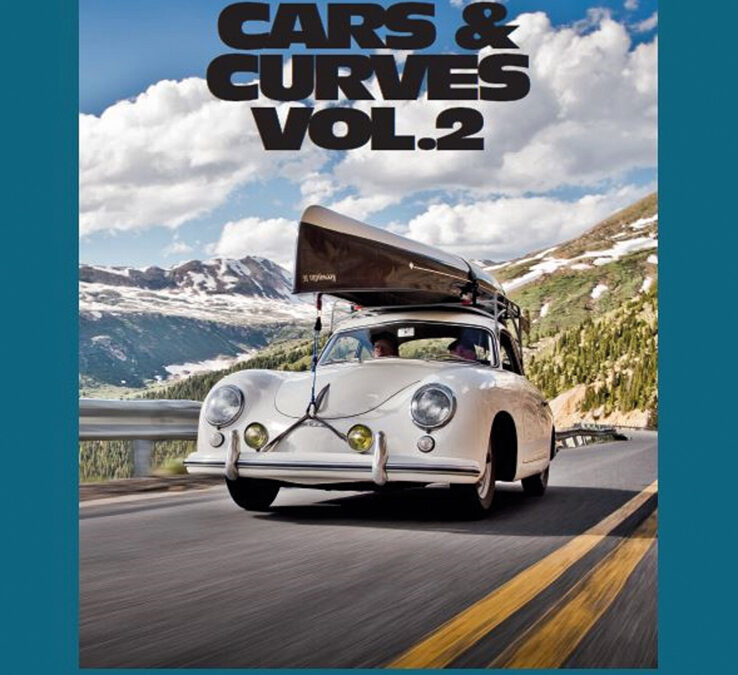
Following on from Cars & Curves Volume 1, Volume 2 gathers an exquisite selection of the best and rarest Porsche models, including the 908, 962, 718 Spyder, and Carrera Abarth, and follows them through awe-inspiring terrain. The action-packed photos, often taken from helicopters, are accompanied by powerfully written texts by Ben Winter, which complement the fascinating images and make the impressive routes feel like the real thing – as if you were at the wheel. What are you waiting for? Leaf through, buckle up and drive off!
Text in English and German.

The explosion of Patina Volkswagens on social media has inspired those car fanatics who realise that you don’t have to restore a car to end up with a good-looking ride. At last, you can stand out from the crowd, even on a tight budget. The look of the cars that result from patina builds is honest, unspoiled, and characterful; it has also inspired the media, movie stars and celebrities. Interest in patination has undoubtedly resulted in increased car values, and turned a brand of cars that had always been a cheap, honest mode of transportation into something cool with a high price tag. The people the look initially inspired have grown with the hobby, finding ways to still be cool on a tight budget and producing a micro-industry that still manages to embrace the ‘built not bought’ ethos. How to Build a Patina Volkswagen book takes a look at the differing styles of patina VW build, and imparts tips on finding and buying a project car, carrying out a sympathetic patina style renovation and includes a chapter on re-creating a patina finish on repaired areas or missing parts.

#1 SUNDAY TIMES BESTSELLER • A high-octane, no-holds-barred account of a year inside Formula 1 from Haas team principal Guenther Steiner, star of Drive to Survive, one of the most successful Netflix series of all time
“People talk about football managers being under pressure. Trust me, that’s nothing. Pressure is watching one of your drivers hit a barrier at 190mph and exploding before your eyes…”
In Surviving to Drive, Haas team principal Guenther Steiner brings readers inside his Formula 1 team for the entirety of the 2022 season, giving an unobstructed view of what really takes place behind the scenes. Through this unique lens, Steiner guides readers on the thrilling rollercoaster of life at the heart of high-stakes motor racing. Packed full of twists and turns, from pre-season preparations to hiring and firing drivers, from the design, launch, and testing of a car to the race calendar itself–Surviving to Drive is the first time that an Formula 1 team has allowed an acting team principal to tell the full story of a whole season.
Uncompromising and searingly honest, told in Steiner’s inimitable style, Surviving to Drive is a fascinating and hugely entertaining account of the realities of running a Formula 1 team.
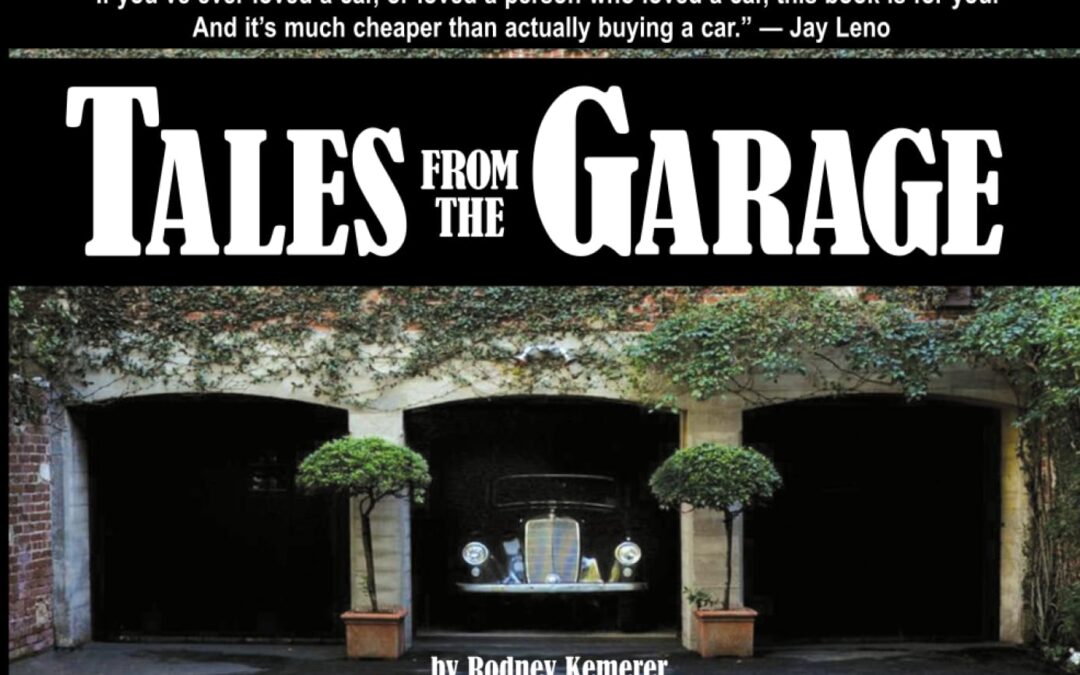
Rodney Kemerer’s Tales From the Garage, designed with the look and feel of an automotive owner’s manual, is far more than just a “car book.” As car enthusiasts Jay Leno and Wall Street Journal columnist Dan Neil have observed, Rodney’s warm and personal tales resonate deeply because everyone has a car story to tell, even if the car is just a springboard for a memory of a certain person or a certain place or even a certain feeling. These thirty stories, originating as essays in a host of publications and now reformatted with entirely new and colorful artwork, are filled with familiar moments that chronicle everything from finding just the right car for your wife (She wants a what? Really? What’s wrong with her?), to an ancient St. Christopher medal hiding at the back of a glove box, to a father’s deathbed pronouncement: “I should have bought Cadillacs.”
Author Rodney Kemerer understands that car stories can be the gateway to every aspect of our lives. His heartfelt book – half memoir, half the memories of others – is truly a pop culture snapshot of modern society told through the lens of the automobile. These tales might appear to be about cars, but they are also tales of an American life and the many objects that embody and reflect it. So pull up a chair and your favorite beverage as you meet a new friend who is happy to share his favorite Tales From the Garage.
“If you’ve ever loved a car, or loved a person who loved a car, this book is for you. And it’s much cheaper than actually buying a car.” – Jay Leno

- The ultimate insider’s guide to Los Angeles; features interesting and unusual places not found in traditional travel guides
- Part of the international 111 Places/Shops series with over 650 titles and 3.8 million copies in print worldwide
- Appeals to both the local market (nearly 10 million call Los Angeles home) and the tourist market (over 42 million people visit Los Angeles every year)
- Fully illustrated with 111 full-page color photographs
- A revised and updated edition
“In Los Angeles, everyone is a star.” – Denzel Washington
For more than a century, seekers of sun and celebrity from around the world have flocked to this sprawling metropolis on the Pacific, which Dorothy Parker once described as “72 suburbs in search of a city.” But beyond the red-carpet reputation and Tinseltown trappings is a west coast wonderland teeming with unexpected cultural experiences, iconic architecture, gorgeous open spaces, quirky museums, hidden vistas, unconventional art, and obscure stories about the starlets, moguls, personalities, and players who have made Los Angeles their playground. This unusual guidebook explores 111 of the city’s most interesting and unknown places and experiences: wander a serpentine path in a spiritual quest of your own making; channel your inner cowboy at a tried and true honky tonk bar; pay homage to the Dude at the bungalow where the big Lebowski lived; turn your car tires into musical instruments on the country’s only ‘musical’ road; sleep with the ghosts of Marilyn Monroe and Charlie Chaplin; view a constellation of stars more vivid than anything Hollywood has to offer. From the San Gabriel Mountains to the Pacific Ocean, Angelenos and visitors will fall in love with the real Los Angeles. Adventures beckon. Surprises await. Just imagine how much more scintillating your dinner-party storytelling will be
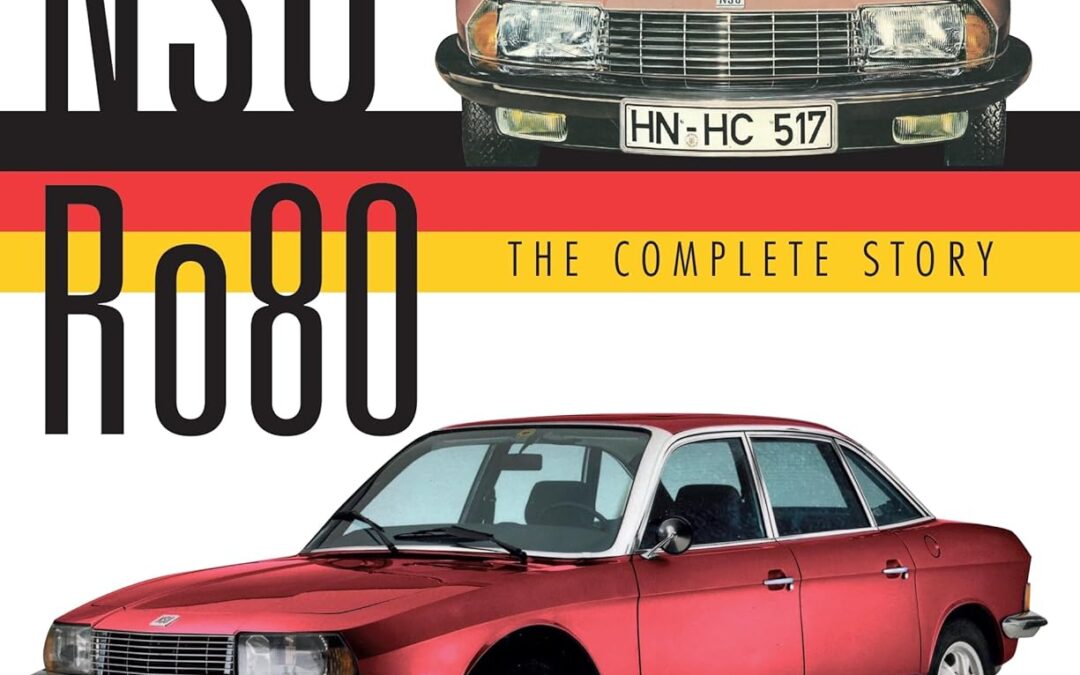
Launched in 1967, the NSU Ro80 had modern aerodynamic styling, a technologically advanced Wankel rotary engine and was voted Car of the Year in 1968. However, after the initial positive reception, the car developed a reputation for unreliability, with problems arising as early as 15,000 miles and many vehicles required a rebuilt engine before 30,000 miles. Despite the company resolving these reliability issues in both existing and new vehicles, and offering a generous warranty, the damage to the car’s reputation was done. The NSU Ro80 is the most celebrated motoring lost cause of the second half of the twentieth century, outranking the likes of the Edsel and the DeLorean because, unlike those statements of misplaced optimism and ego, it was a good car. Not just good: the NSU Ro80 is one of the great saloons. Launched in September 1967, the Ro80 was an all-new four-door five-seater from a West German company that – post-war – had never made anything other than economy runabouts, motorcycles and mopeds. That alone should have been enough of a risk, but this was also the world’s first purpose-built Wankel-engined family saloon. This compact, refined and elegantly simple power unit was the first really new concept in the realm of internal combustion engines to achieve mass production for ninety years. A car like the Ro80 could only really have come from Germany, where there was a passion for research and a pride in engineering not found elsewhere in Europe. With front-wheel drive, superb power steering and four-wheel disc brakes, the car had top handling and driver appeal. Quite simply, it was a masterpiece, considered by many to be the finest vehicle of its type in the world. But with one fatal flaw: its engine. With over 300 archive photographs, drawings and diagrams, this book tells the story of the NSU

Whether you are a new or longtime Formula 1 fan, here is your ultimate, unofficial armchair companion to the popular Netflix series Formula 1: Drive to Survive, providing deeper insight into the players, tech, and history that drive the show’s plot points.
F1 expert Stuart Codling
is your guide to all things F1.
The Formula 1 Drive to Survive Unofficial Companion is a
feature-rich guide that takes you
beyond the series’ personalities and off-track drama to present further context. Topics covered include:
- People – Who does what to keep F1 teams rolling? From personal trainers to race engineers, mechanics, pit crew, and team principal, what does it take to succeed in F1? Sidebars and callouts include significant past players and great rivalries including that between Toto Wolff and Christian Horner.
- F1 History in 20 Cars – From Fangio’s postwar Alfa Romeo to Max Verstappen’s Honda-powered Red Bull and Lewis Hamilton’s Mercedes, all the great teams feature: Ferrari, Williams, McLaren, Lotus, and more. Callouts features driver gear and great past drivers like Andretti, Brabham, Moss, Schumacher, and more.
- Technology – Who designs and builds today’s mind-bending cars and engines and what does the process entail? Side journeys explore safety features, technology behind key components, and big ideas that flopped.
- F1 Circuits – A look at F1 race course in today, along with features on circuit design, past circuits, and notorious circuit features like Loew’s Hairpin at Monaco and Eau Rouge at Spa Francorchamps.
- Race Strategy – The rules and strategies of race day. Sidebars explore things like tire strategy, the anatomy of a pit stop, and the role of analytics.
- Business – Who pays for the multibillion-dollar spectacle on display in Drive to Survive and how is it possibly profitable? Features and callouts explore the evolution of sponsorship, driver salaries, and backroom deals.
Where relevant, Codling relates content to specific seasons and episodes, providing even more context for the reality series. The visuals include scores of action and off-track photos. The result is a visually stunning guide to accompany a wildly popular TV series, and an engaging history spanning seventy-plus years of the world’s most popular motorsport.
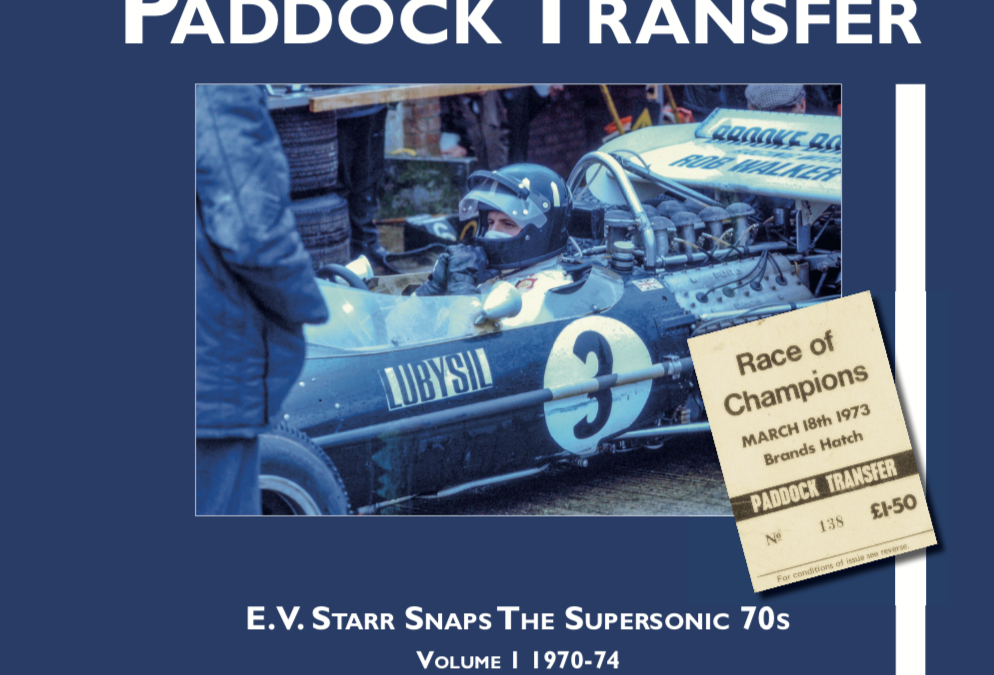
The dynamic duo are back! Hot from the success of their first collaboration, “Admission 7/6′ “, authors Tim Beavis and Guy Loveridge are releasing a second book based on the personal photographs taken by Mr E.V. Starr, the real “star” of the show. This time they are covering images taken by him between 1970 and 1974, not just covering Grand Prix racing, but also dabbling into other forms of the sport.
For those that missed the first book, Mr Starr was a keen photographer and motorsport fan, and compiled a collection of images intended for his own enjoyment. He did not have the privilege of press accreditation but had the knack of being in the right place at the right time, whether with “a nod and a wink” to the steward on the gate, or just working out the best places to stand. Therefore, to the photographic purist, some of the shots will not be technically perfect; however, what they do show is detail that would otherwise be missed and lost to the mists of time.
Messrs Beavis and Loveridge have been able to raid the information stored at the Silverstone Museum to flesh out the details and stories connected to the images and bring to life a different era of the sport, much of which we in the modern day will never get to experience. And also, to get character stories with personalities of the day, with personal accounts from Jackie Oliver, Mike Wilds, and the late John Surtees, and one of the early grid girls, Sue Lehmann, who went from being a beauty consultant for Yardley to working on the grid with the BRM team at events, and consequently had time with many of the greats of the time.
With hillclimb, historic racing, and lower category race formulas as well as motorcycles being covered, there is something for everyone to appreciate. The photographs and text are cleanly presented, making each page turn feel like opening Pandora’s box of secrets, and it will be so easy to sit and lose time going from image to image, from cover to cover.
Limited edition of 400 copies

When Leo Mason traded a career in advertising for a shot at becoming a professional photographer in 1974, he set four goals for his new life, declaring that it should be both fun and financially viable; that it must involve traveling the world, meeting interesting people; and that his photography must be just a little better than average. Leo was aiming high, yet in his own words: ‘That’s pretty much how everything worked out.’
Leo’s love for photographing the sporting world’s greatest moments is plain to see – from a surreal experience with Sir Richard Noble’s Thrust 2 team out on the Bonneville Salt Flats and shooting US Open tennis from a never-before-seen overhead viewpoint, to capturing dramatic America’s Cup racing from a helicopter and spending a career-defining week with Muhammad Ali.
Not only filled with famous faces from the sporting world, this book is also a visual record of Leo’s creative and technical journey, his transition from film to digital, as well as his recollections of the times spent capturing these moments. He has led an extraordinarily interesting life, as many of the stories and anecdotes behind his images attest. Leo’s passion, craft and creative eye for the unusual are evident on every page, and his hugely significant contribution to the historical sporting record is his enduring legacy.

Host Lloyd Bridges takes you on a tour of motorsports in the 60’s. Cobra test at Riverside with Ken Miles, Shelby driver of the era. See the 007 Bond Aston Martin and Sean Connery, slot car racing, bubbletops, Craig Breedlove at salt flats, classic drag racing, and big daddy Ed Roth. This is a 40 min. transport back in time. You will be light-headed watching this show. It is the complete uncut version broadcast Thursday, Sept 8, 1967, on CBS. This is a digital re-master directly from film. It looks great! Bonus
Feature: Motor Mouth Pilot
Live the time machine from 1967 to 2002. See how when things change they really stay the same! Take a ride with hosts Barbi Orr and Jane Norris as they run their motor mouth at events like Willow Springs, You will see many cars from the 60’s still racing today: Cobras, GT350, Vettes, and many others. Also celebrity interviews – see how today’s high-tech BLING BLING WHEELS are designed by Keith Kaucher (today’s top wheel designer). Go to a hidden speed shop in Culver City, Calif., where top master mechanic Steve Beck stores the rarest cars you’ll ever see!

Realize your Ford Coyote engine’s full potential by using this detailed resource as a guide to select the right parts for the street or the strip.
Veteran Ford writer and historian, Jim Smart, explains and highlights all of the latest and greatest options to achieve more horsepower and torque, and of course, faster quarter-mile times in Ford Coyote Engines: How to Build Max Performance-Revised Edition.
In this Revised Edition, now covering Generation III engines as well as Generation I & II, upgrades included are engine building techniques, cold-air induction kits, supercharger and pulley kits, better exhaust headers, fuel system and ECU tuning upgrades, and more. Both Ford and the aftermarket have produced an array of parts to squeeze even more power out of your Coyote.
Ford introduced its first “clean slate design” V-8 engines in the early 1990s in Ford, Lincoln, and Mercury models. Known as the “Modular” engine family, the 4.6L engines employed new overhead cams, multi-valve performance, distributorless ignition, and more. This engine had new technology for its time, and it proved to be an extremely durable workhorse that logged hundreds of thousands of miles in police and taxi applications as well as light-duty trucks. And, of course, hotter versions, and even supercharged versions, found their way into performance applications such as Mustang GTs and Cobras.
By 2011, Ford wanted something hotter and more current, especially for its flagship Mustang GT and GT350 models, which were suddenly competing with new 6.2L LS3 engines in Camaros and 6.4L Hemi engines in Challengers. Enter Ford’s new 5.0L “Coyote” engine with Twin Independent Variable Cam Timing (Ti-VCT); it was an evolution of the earlier 4.6L and 5.4L Modular designs. Although the new Coyote engine had increased displacement, it still had far fewer cubes than the competition. Despite less displacement, the Coyote could hold its own against bigger Chevy and Chrysler mills thanks to advanced technology, such as 4V heads with better port and valvetrain geometry. The Coyote is also Ford’s first foray into technology that includes Ti-VCT and cam-torque-actuated (CTA) function, which is a fancy way of saying variable cam timing for an incredible power curve over a broader RPM range. Now, in Generation III, Ford has implement a system using both Port and Direct Fuel Injection, taking advantage of the benefits of both systems in a single application.
Even with all of this new technology, there is always room for improvement. If you are looking for even more power from your new Coyote, look no further than this volume.
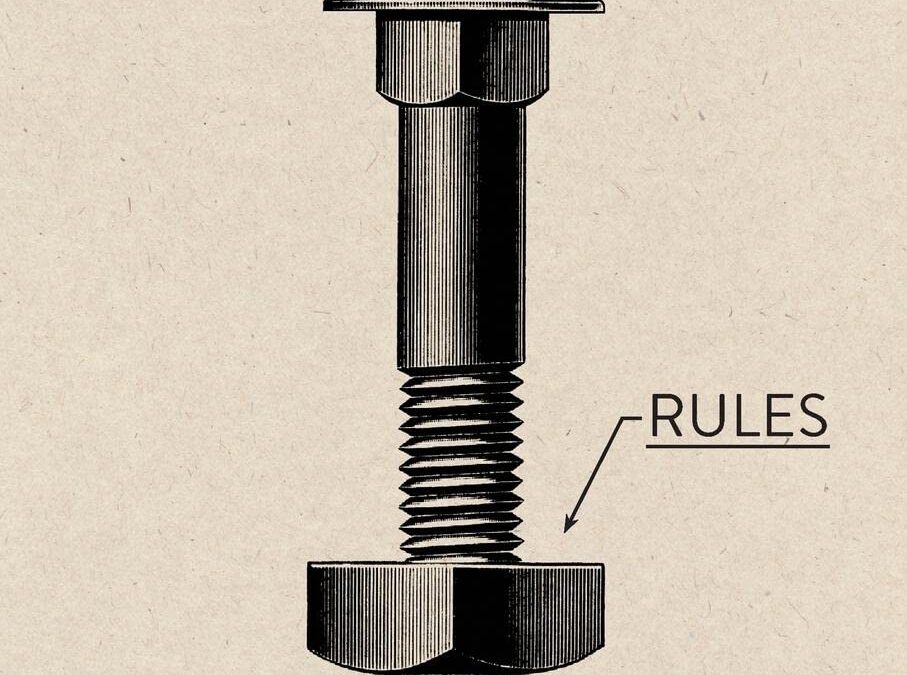
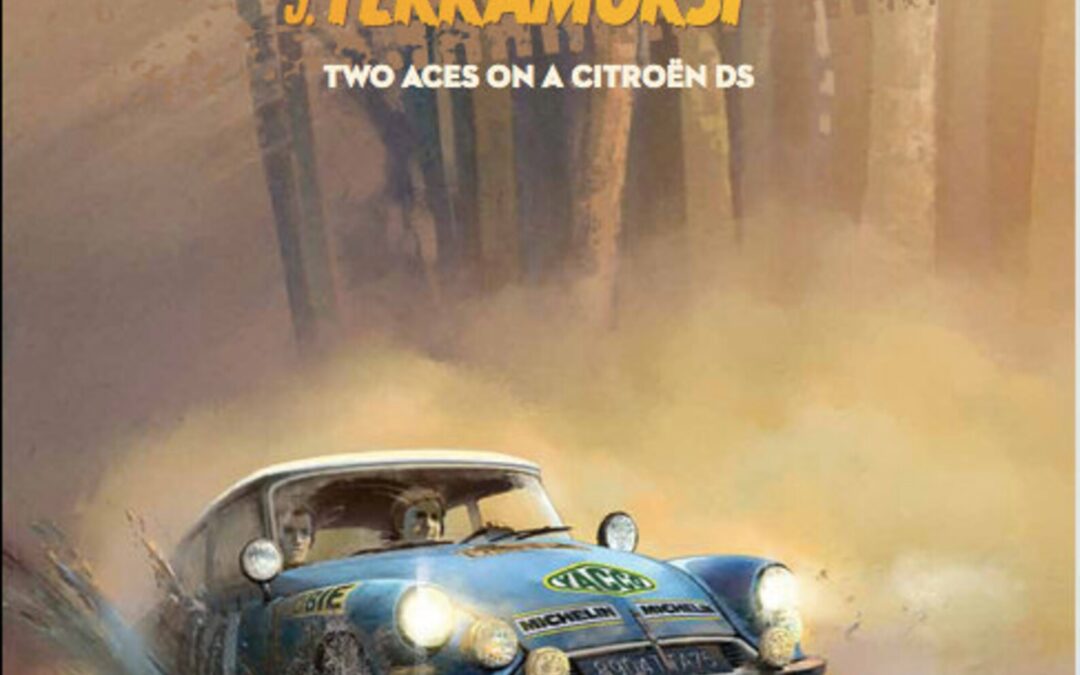
The 2nd graphic novel by Bob Neyret, this time his famous collection of rally adventures with the most faithful of his companions: Jacques Terramorsi.
English version of the hit comic book “PAIRE D’AS FOR A DS”, special edition YACCO 100 years
Invited by D.S , the new brand, for the inauguration of the Peking D.S SHOP on the 60TH anniversary of Citroen DS in 2015, Rally driver Bob Neyret meets, on the flight, Sophie a young motor sport journalist who seems to know nothing about the golden age of the D.S, nor the close link between the driver and his car. He begins telling her about his life through very original anecdotes, from his early days in France to the major international rallies.
But young Sophie can’t believe her ears … But who are really this famous Bob and his Terra, his co-driver?
See for yourself!

There’s really nothing quite like the freedom of the open road. And there’s nowhere on the planet more thrilling to traverse by car than the United States, a country that in many ways is the birthplace of the modern road trip. As more and more travelers are looking to reduce their reliance on flying, The Great American Road Trip is about seeing the world on wheels, not wings. This book is about both the iconic routes and the roads less traveled, crossing barren deserts, otherworldly canyons, snowy mountains, and dramatic prairies – all without crossing a border. From the bourbon trail in the south to retracing the underground railroad, each route in this book has a story to tell.
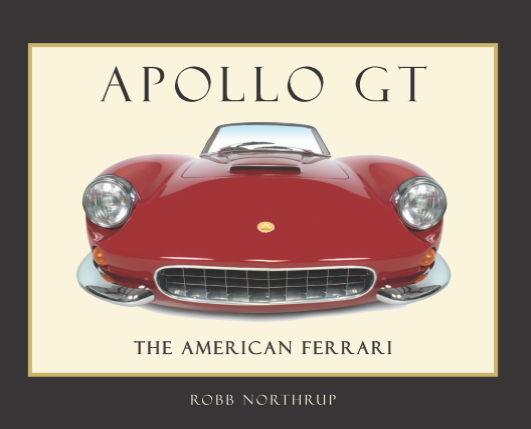
‘If a Buick Special ever got a fierce ambition to become a Ferrari – and tried hard enough – it would be likely to end up just about like this.”
Car and Driver magazine – September, 1963
Such prophetic words from Car and Driver magazine back in 1963 underscore the goal of three California twenty somethings who sought to build a world-class grand touring sports car. And, for a while, found themselves on equal ground with Europe’s best.
Their concept: A marriage of Italian style and the mechanical excellence of a premier American manufacturer – Buick – to create a true gran turismo sports car with head-turning looks, outstanding performance and comfort, and something that, up to then, was not common among European exotics: Reliability!
Their challenges were legion: A complex product combining hand-crafted bodies with mass-produced engines and transmissions on an assembly line spanning two continents and an ocean. A limited capability for product development and testing. And the need to create a marketing program to promote the car to an enthusiast public as well as develop a distribution channel to get the car into their hands. All this with limited operating capital.
The result? The Apollo was highly praised by both road testers and owners alike. “Workmanship is of the highest quality…comparable to cars costing twice that of the Apollo” crowed one magazine report. “…the Apollo handles as well or better than a 2+2 Ferrari, an Aston Martin DB4 or a Sting Ray Corvette,” exclaimed another. High praise indeed from the critical press!
And the owners? “I dearly love my Apollo!” enthused singer Pat Boone. And this from another owner: “It’s a wonderful work of art. You can see the quality. You can feel the excitement they felt when they were hammering it out, putting it together and driving it for the first time. It is a milestone, a one-of-a-kind car and no one can really compare anything to it. It stands on its own.”
This is the story of the Apollo GT. The American Ferrari.
Details: 8.5″ x 11″, 138 pages. 87 color and black & white photos and illustrations.
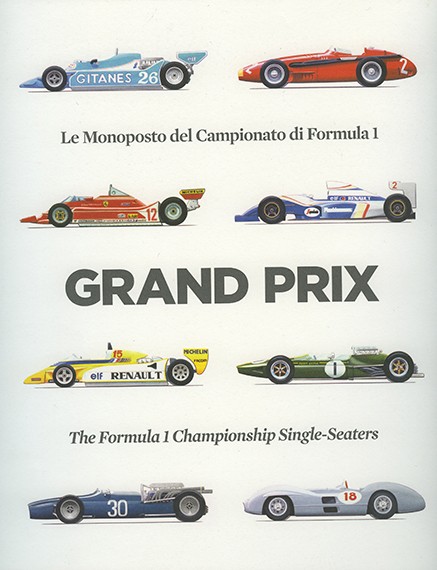
An unusual and unprecedented exhibition of a remarkable cultural importance, welcomes the protagonists of the Formula One Championships from 1950 to 1994: an out of the ordinary Grand Prix, a starting grid which turns an impossible dream into reality: as if drivers and cars, leading lights in different moments, can still challenge one another on the field.
The most immediate aspect, which clearly emerges in this curious and intriguing exhibition, is really that aspect relative to the evolution of the species: already in the overall vision of these works of genius, it is possible to understand the progressive relationship between performance, safety and innovation: all together, the cars show a clear counter-position between technological perfection and aesthetic value, where nothing was left to chance and everything seemed to be aimed at efficiency.
So, only enlightened people and companies have been able to perceive certain paths: only the Name brings certain facts to mind, which in most cases, still represents an unequalled success, pursued with great commitment and passion: as always in these cases, nothing was left to chance, not even a trace.
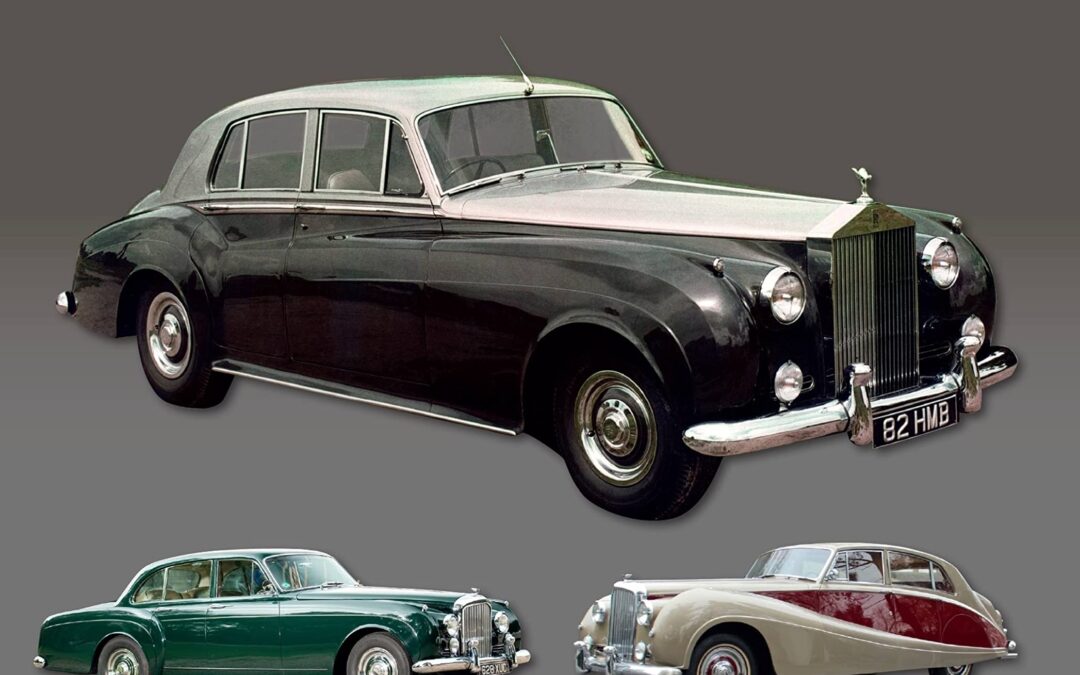
The Rolls-Royce company acquired Bentley Motors in 1931 and, although models continued to be produced with the Bentley name, they increasingly used many Rolls-Royce components. By the time the Silver Cloud and Bentley S were released in 1955, they were really differently badged versions of the same design. Yet the sporting tradition of the Bentley marque was upheld with the exotic Continental models that were derived from them.
The Silver Cloud family represents a pinnacle for the Rolls-Royce company. The cars all had and still have a very special presence, and the standard saloons have an unsurpassed elegance and rightness of line. The special-bodied cars, meanwhile, are reminders of an age when the skill of the best coachbuilders was something deserving of universal admiration.
With around 190 photographs, this book features:
- The story of the design and development of the Rolls-Royce Silver Cloud and Bentley S Type
- A look at the production development of these cars between 1955 and 1965
- An examination of the Bentley Continental models that were derived from Silver Cloud and S Type design
- The history of the Phantom V and Phantom VI limousine chassis introduced in 1959 and destined to last until 1990
- Full technical specifications, including paint and interior trim choices
- Production figures and chassis codes
- A chapter on buying and owning one of these wonderful classic cars.








